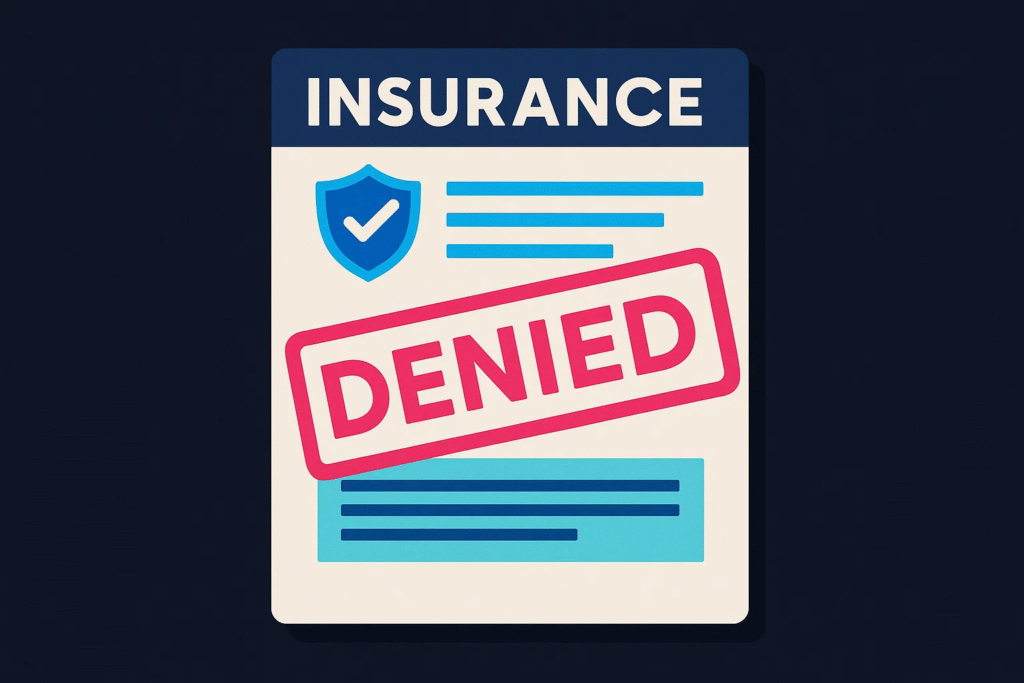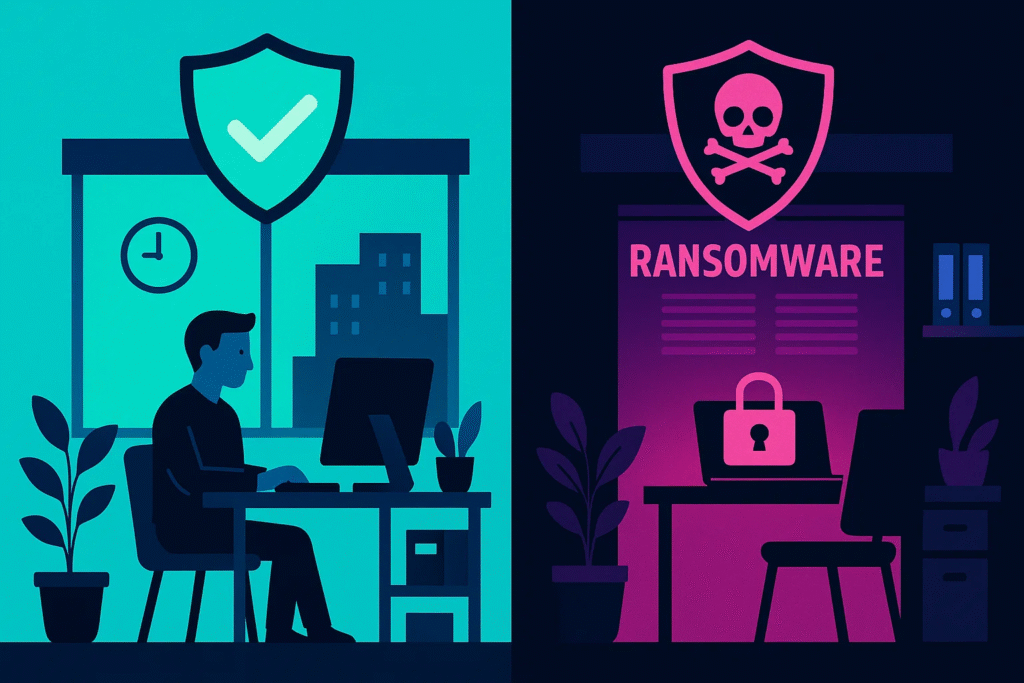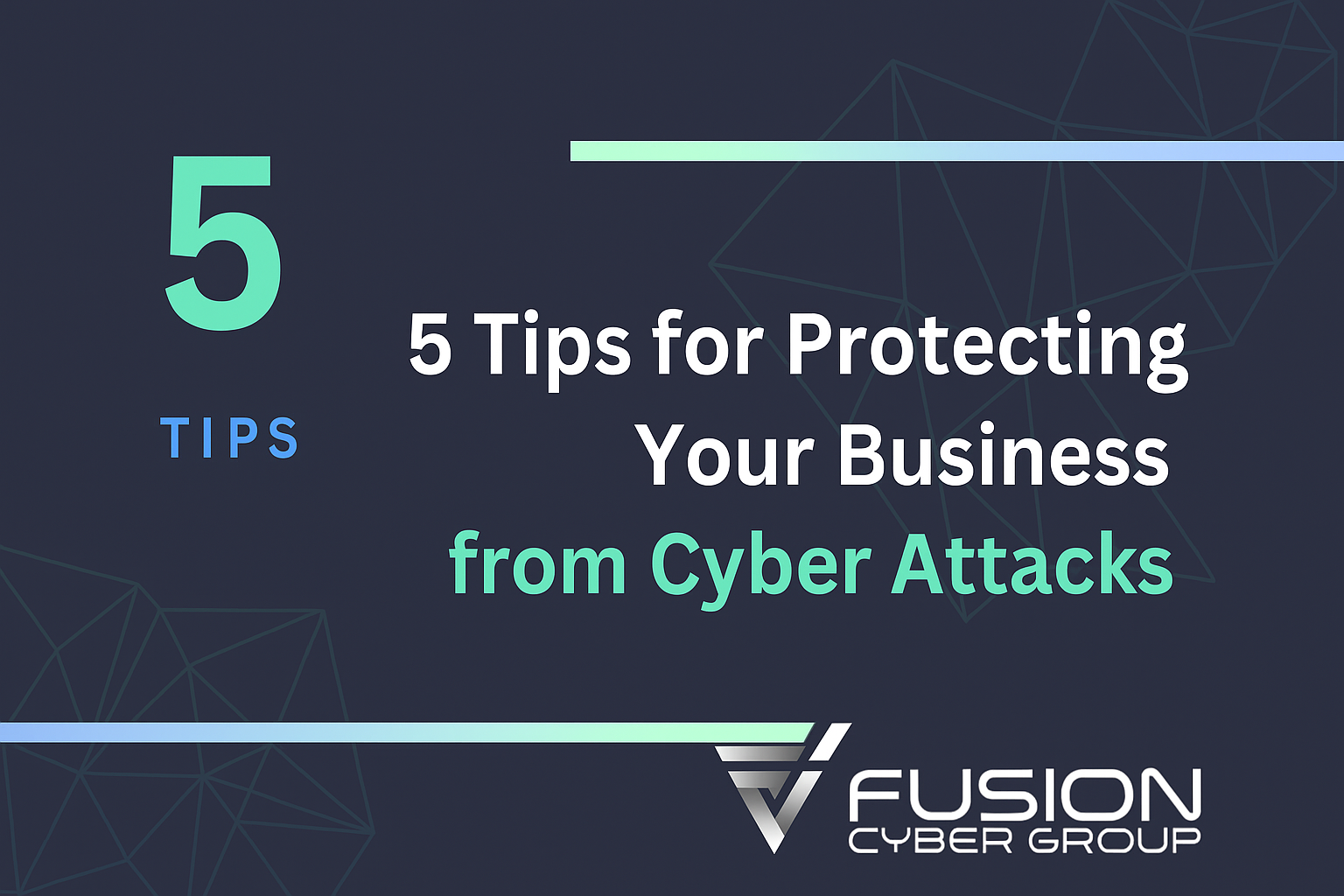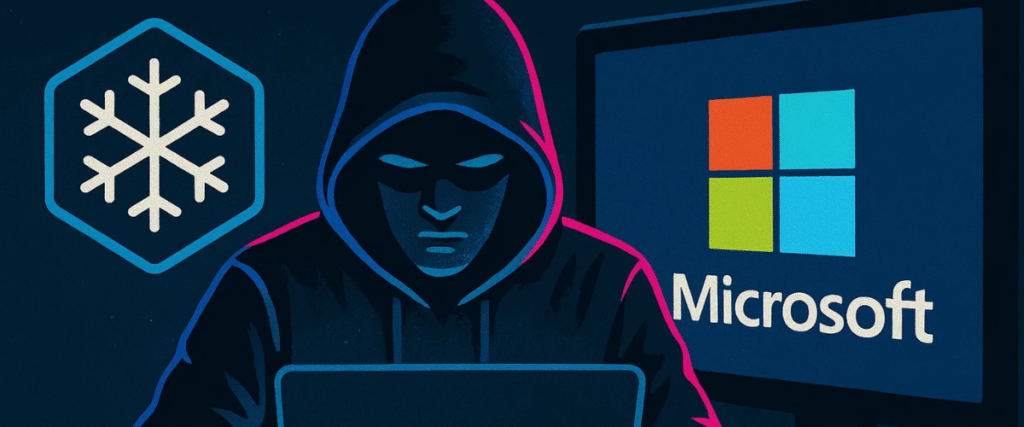
The Cyber Insurance Trap: Hamilton’s Attack Proves Why MSSP Compliance Can’t Be Ignored
What Happened in Hamilton
In early 2023, the City of Hamilton, Ontario joined the growing list of Canadian municipalities hit by ransomware. Attackers infiltrated city networks, encrypted data, and effectively froze day-to-day operations. The impact was immediate and disruptive: online payments went dark, municipal phone lines were cut off, and even internal communication platforms were disabled. For residents, this meant bills couldn’t be paid, permits couldn’t be processed, and essential services ground to a halt.
What many expected to be a short-lived outage spiraled into a months-long ordeal. While certain functions came back online gradually, others remained down for extended periods. The city faced not only millions in recovery costs but also reputational fallout as frustrated citizens and local businesses lost confidence in municipal systems. Restoring full functionality wasn’t as simple as flipping a switch—it required rebuilding servers from scratch, validating terabytes of data, and conducting forensic investigations to trace the attackers’ methods and confirm system integrity.
The Hamilton case is far from unique. Across Canada, municipalities and SMBs have become prime targets for ransomware groups, which exploit outdated systems, unpatched software, or lapses in security monitoring. The appeal is clear: local governments and smaller businesses often lack the advanced defenses of large enterprises but hold valuable data that attackers can extort.
Perhaps the most unsettling lesson from Hamilton’s cyberattack is that recovery is never guaranteed. Even with backups and incident response plans in place, the disruption can last months, and the financial, operational, and reputational damage can linger far longer. For businesses, the crisis doesn’t end when systems come back online—it often shifts to the insurance battlefield, where claims are scrutinized and denied if compliance gaps are uncovered.
Hamilton’s experience highlights a broader truth: cyber resilience is no longer just about preventing attacks—it’s about proving compliance and readiness before, during, and after an incident. For SMBs, that means working with a Managed Security Service Provider (MSSP) to ensure controls are continuously validated, documented, and defensible in the eyes of insurers.
The Hidden Catch: Why Cyber Insurance Doesn’t Always Pay Out

Today, most small and mid-sized businesses (SMBs) in Canada invest in cyber insurance, believing it will protect them when a cyberattack hits. But the harsh reality is that insurers are in the business of limiting risk—not paying out easily. After a breach, they will comb through your security practices with a fine-toothed comb, looking for any reason to deny your claim.
What many SMBs don’t realize is that cyber insurance is conditional. If you can’t demonstrate ongoing compliance with the technical requirements in your policy, you may discover your safety net isn’t there when you need it most.
How insurers deny payouts:
- Post-Breach Audits: After an incident, insurers conduct detailed forensic investigations. These reviews are often far more stringent than the initial underwriting process. What looked like adequate security during renewal may be judged insufficient when an insurer is deciding whether to release funds.
- Fine Print Gotchas: Cyber insurance policies often contain strict technical requirements buried in the fine print. Even minor lapses—such as skipping a software update, failing to enforce MFA across all users, or overlooking endpoint protection on a single device—can give insurers the grounds to reject your claim.
- Zero Tolerance for Gaps: Insurers apply a black-and-white standard. If just one system was left unpatched or one backup wasn’t properly secured, the entire claim can be denied. Your intentions, prior investments in cybersecurity, or even partial compliance won’t matter when the decision is made.
In other words, cyber insurance is not a safety net unless your organization can demonstrate airtight, continuously validated security controls.
Common Cyber Insurance Compliance Pitfalls for SMBs
Many small and mid-sized businesses (SMBs) fall into the “set it and forget it” trap—they deploy cybersecurity tools once, check the compliance box, and then assume they’re protected indefinitely. Unfortunately, this mindset creates a dangerous gap between what business owners think is happening and what insurers actually require. Cybersecurity is not a one-time project; it’s an ongoing process of monitoring, validating, and adjusting. Insurers know this, which is why they look for evidence of continuous compliance before paying out on a claim.
The most common gaps include:
- Unmonitored Backups – Many businesses create backups but never test them or confirm that they are protected from ransomware. Insurers want to see not just that backups exist, but that they are regularly validated and stored securely.
- Missed Patch Management – Cybercriminals often exploit outdated systems. A single unpatched device, even if it seems insignificant, can give attackers the entry point they need. For insurers, one missed update is often enough to void a claim.
- Inactive MFA – Rolling out multi-factor authentication (MFA) is not enough. It must be enforced across the entire organization and tested to confirm it works. If MFA is optional or inconsistently applied, insurers view it as a compliance failure.
- Shadow IT – Employees frequently use unapproved applications or personal devices to bypass official security controls. These hidden risks create blind spots that attackers can exploit—and insurers won’t ignore them.
- Annual Reviews Only – Many SMBs conduct security reviews once a year. In today’s threat environment, that’s far too infrequent. Insurers expect real-time or continuous monitoring, not annual snapshots.
These oversights become powerful ammunition for insurers to reject claims after a breach. What feels like a small lapse internally can become the deciding factor in whether your cyber insurance pays out—or leaves your business exposed to massive financial loss.
Expert Insight: Why MSSP Monitoring Matters
“Over decades, I’ve seen companies assume their insurance had them covered—only to face rejection after a breach. The difference comes down to continuous, independent validation of every security layer. That’s exactly where an MSSP delivers value—keeping you compliant every day, not just at renewal.”
Cyber insurance isn’t static, and neither are the requirements insurers impose. What qualified as “secure enough” two years ago may no longer pass today. Insurers are tightening standards in response to a growing wave of ransomware claims, meaning SMBs that don’t evolve their security posture risk falling behind.
This is where an MSSP provides a strategic advantage. By continuously monitoring and validating your defenses, an MSSP ensures your organization is always aligned with the latest compliance benchmarks—before insurers update their policies. Instead of scrambling to close gaps after a renewal audit, you’re already operating at the level insurers expect.
Another overlooked factor is credibility. When an internal IT team reports that controls are in place, insurers may still scrutinize the evidence. But when compliance is validated by an independent MSSP, the proof carries greater weight. A third-party perspective signals accountability, objectivity, and consistency—qualities insurers are far more likely to accept during claim disputes.
The benefits aren’t just technical—they’re also financial. SMBs that partner with MSSPs often gain access to better insurance terms, reduced premiums, or higher claim approval rates. By demonstrating maturity in security operations, these businesses position themselves as lower-risk clients, which insurers actively reward.
Finally, MSSPs help businesses prepare for the future of cyber insurance. Requirements are shifting rapidly—what’s optional today may be mandatory tomorrow. Controls like endpoint detection and response (EDR), zero-trust access policies, and continuous log monitoring are already finding their way into underwriting guidelines. MSSPs not only implement these controls but also adapt them as new threats and compliance obligations emerge, ensuring your coverage remains valid long-term.
In short: An MSSP isn’t just about preventing breaches—it’s about protecting your ability to recover. By aligning your operations with insurer expectations today and anticipating tomorrow’s standards, MSSPs transform cyber insurance from a fragile safety net into a dependable lifeline.
Five Steps to Protect Your Cyber Insurance Coverage
Even with the best cyber insurance policy, coverage is never guaranteed. The only way to protect your business effectively is to demonstrate continuous compliance and consistently prove that your security program is active, reliable, and not just on paper. Here are five critical steps SMBs must take to ensure insurers truly honor their claims:
- Get an MSSP Security Audit
The first step is visibility. Many SMBs assume they are compliant because they have cybersecurity tools in place, but a closer look often reveals hidden vulnerabilities. An MSSP-led audit provides a comprehensive assessment of your current environment—highlighting gaps in patching, MFA enforcement, endpoint security, and backup processes. - Enforce 24/7 Monitoring
Cyber threats don’t keep business hours, and neither do insurers’ expectations. Having firewalls or antivirus software is no longer enough—insurers expect proof of active, real-time monitoring across all systems. An MSSP provides 24/7 monitoring and response, ensuring threats are detected immediately and logged for compliance purposes. This not only reduces the chance of a successful attack but also creates an audit trail insurers require during post-breach investigations. - Automate Patch Management
Missed patches are among the top reasons insurers deny claims. All it takes is one outdated application or unpatched server for attackers to find a way in. Manual patching processes often fail—employees forget updates, or IT teams miss critical deadlines. With automated patch management, businesses eliminate human error and ensure that all devices—whether on-site or remote—are updated promptly. This demonstrates to insurers that your organization takes a proactive, systematic approach to reducing vulnerabilities. - Verify Backup Integrity
It’s not enough to have backups—you must be able to prove they are functional, secure, and protected from ransomware. Many businesses only discover during an attack that their backups were corrupted, untested, or stored on vulnerable systems. Regularly testing backups, encrypting them, and storing them in secure, isolated environments ensures you can recover quickly. Even more importantly, it provides insurers with concrete evidence that your business has a reliable disaster recovery plan in place. - Document Everything
In the world of cyber insurance, if it’s not documented, it doesn’t count. Insurers expect detailed records of every security measure: patching cycles, MFA rollouts, monitoring alerts, incident responses, and backup validation tests. By keeping comprehensive logs and reports, you build a defensible case when filing a claim. Documentation shows not just that you had the right tools in place, but that you were actively maintaining and validating them on an ongoing basis.
The Final Takeaway

Hamilton’s ransomware attack is more than just a municipal crisis—it’s a wake-up call for every SMB in Canada. The lesson is clear: cyber insurance won’t save you if you can’t prove continuous compliance. Insurers are trained to scrutinize policies line by line, and even the smallest oversight—a missed patch, an inactive MFA setting, or an unverified backup—can be enough to void your coverage.
This is the essence of the Cyber Insurance Trap: businesses think they are protected, only to discover after a breach that their claims are denied. And the denial doesn’t just mean financial loss—it can mean extended downtime, reputational damage, regulatory fines, and in some cases, the end of the business itself.
The good news? These risks are avoidable. By partnering with a trusted Managed Security Service Provider (MSSP), you can build a compliance framework that insurers recognize and respect. An MSSP ensures your business benefits from:
- 24/7 monitored security layers
- Automated patch management
- Verified, ransomware-proof backups
- Documentation to defend your claim
Cyber insurance is only valuable if your provider pays out when you need it most. Without evidence of ongoing compliance, that safety net can vanish. With MSSP support, you not only close compliance gaps but also gain the confidence that your insurance coverage, your data, and your reputation are secure—before, during, and after an attack.
Bottom line: Hamilton’s cyberattack isn’t just a story about one city—it’s a case study for SMBs everywhere. Don’t fall into the cyber insurance trap. Prove your compliance daily, and make sure your coverage works when you need it most.
Social Media Amplification: Don’t Let Claims Get Denied
The lessons from Hamilton’s ransomware attack don’t just apply to one city—they apply to every SMB that depends on cyber insurance for financial protection. Too many businesses fall into the Cyber Insurance Trap, assuming their policy will cover them, only to face denial when insurers uncover minor compliance gaps.
That’s why it’s vital to amplify this message across social media. LinkedIn, Twitter/X, and Facebook aren’t just platforms for networking or casual updates—they’re where decision-makers, IT leaders, and SMB owners gather to share insights and learn from one another. By putting this conversation front and center, you can spark much-needed awareness about how fragile cyber insurance coverage really is without continuous compliance.
Social media also acts as a multiplier. A single LinkedIn share can reach dozens of industry peers; a retweet can extend your message into networks of security professionals; and a Facebook post can reach local business communities that may not otherwise think about cyber risk. For SMBs, this kind of visibility can be the difference between complacency and action, between vulnerability and protection, between ignorance and true cybersecurity resilience.
Beyond awareness, these posts encourage community dialogue. When executives see peers discussing denied claims or compliance challenges, it normalizes the conversation around prevention and highlights the need for MSSP partnerships. The ripple effect is powerful: one post can lead to a consultation request, a policy review, or even inspire a business leader to revisit their cybersecurity strategy.
In short, social media isn’t just about broadcasting—it’s about educating, engaging, influencing, and building trust. The faster this message spreads, the more likely SMBs are to protect themselves before an attack, not after.
LinkedIn:
Cyber insurers deny most claims due to compliance gaps. Hamilton’s ransomware attack shows why SMBs must partner with an MSSP for 24/7 monitoring and documentation.
Twitter/X:
Missed patch = denied claim. Hamilton’s ransomware attack proves MSSP monitoring is non-negotiable for cyber insurance coverage. #CyberInsurance #MSSP
Facebook:
Cyber insurance isn’t a guarantee. Hamilton’s ransomware attack highlights how insurers deny claims for minor gaps. Partner with a trusted MSSP to protect your coverage.
Want peace of mind that your cyber insurance will protect you when it matters most?
👉 Contact Fusion Cyber Group today for a compliance audit and continuous MSSP monitoring
Featured links:
Managed Cybersecurity Solutions for SMBs
Why Fusion Cyber Group Is the Best MSSP + MSP Partner for Healthcare & Medical Practices
Insurance Business Canada: Canadian cyber insurance market high loss ratio and stabilization
IBC: Trends affecting Canada’s cyber insurance market
FAQ:
What is the Cyber Insurance Trap?
The Cyber Insurance Trap refers to the hidden risk that many SMBs face: insurers often deny claims after a cyberattack due to minor compliance gaps. Even small oversights—like a missed patch, inactive MFA, or untested backup—can void coverage.
Why was Hamilton’s ransomware attack such an important warning?
The Hamilton ransomware attack shut down city systems for months, costing millions in recovery. It revealed how disruptive ransomware can be and highlighted the insurance challenge SMBs face—coverage is often denied without proof of continuous cybersecurity compliance.
Why do insurers deny cyber insurance claims?
Insurers deny claims when businesses cannot show they met all policy-mandated security requirements. Common reasons include: unmonitored backups, missed patch updates, inactive MFA, shadow IT, or lack of 24/7 monitoring.
How can an MSSP help with cyber insurance compliance?
A Managed Security Service Provider (MSSP) ensures 24/7 monitoring, automated patch management, tested backups, and thorough documentation. This continuous oversight helps SMBs stay compliant and strengthens their ability to defend claims after a breach.
What steps can SMBs take to avoid denied insurance claims?
SMBs should:
Get an MSSP compliance audit.
Enforce continuous monitoring.
Automate patch management.
Test and validate backups regularly.
Document all security activities.
These proactive steps reduce cyber risk and improve the chances of a successful cyber insurance claim.

Our Cybersecurity Guarantee
“At Fusion Cyber Group, we align our interests with yours.“
Unlike many providers who profit from lengthy, expensive breach clean-ups, our goal is simple: stop threats before they start and stand with you if one ever gets through.
That’s why we offer a cybersecurity guarantee: in the very unlikely event that a breach gets through our multi-layered, 24/7 monitored defenses, we will handle all:
threat containment,
incident response,
remediation,
eradication,
and business recovery—at no cost to you.
Ready to strengthen your cybersecurity defenses? Contact us today for your FREE network assessment and take the first step towards safeguarding your business from cyber threats!





















































































